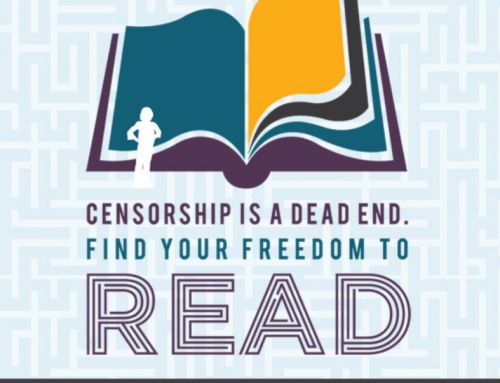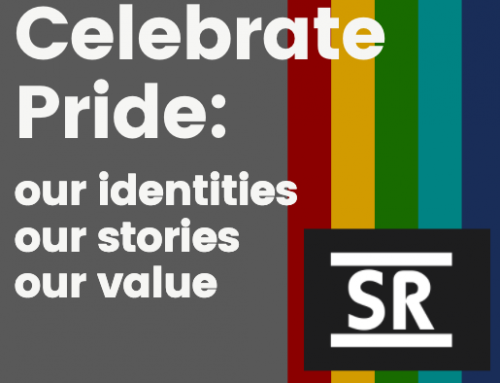How do you focus your attention? How do you protect it? How do you apply it productively and strategically, and avoid giving it to bad actors or dubious sources? And how do you do that in a world where decisions about what to engage with are made in seconds, not minutes or hours?
The above quote is from a February 2019 blog post by Mike Caulfield, the Director of Blended and Networked Learning at Washington State University. Caulfield recently caught our eye in an interview with Inside Higher Ed about why the CRAAP test (which we regularly teach to first and second year students as a tool for evaluating information) may be too clinical to present real learning opportunities.
The promise of a nearing fall semester inevitably brings with it feelings of renewed purpose and excitement to learn for everyone on a university campus. What Caulfield says above stokes and stifles that excitement, reminding us that even when we want to learn, to be mindful, to take on new challenges, we’re currently living in a world where we are bombarded by information and emotion from all directions. And then we open the door to the classroom!
There are many options for building a lesson plan about selecting and evaluating appropriate sources. Many of us have grown so accustomed to research that it is second nature. Arguably, though, the way that we can and do research – find, consume, analyze, synthesize – in 2019 has changed and continues to change at lightning fast pace. Are we appropriately and ethically using the tools available to us? Are we focusing and protecting our attention?
For years we have started with the CRAAP test, an acronym for Currency, Relevance, Accuracy, Authority, and Purpose that provides a checklist approach for evaluating information. CRAAP comes with a set of questions to help clarify definitions of the leading nouns. These questions are meant to provide a roadmap for assessing any source in any format.
In presenting SIFT, his alternative to CRAAP and other such lists, Caulfield manifests the old adage of actions speaking louder than words. Still an acronym (because who doesn’t love a good acronym?), SIFT reminds learners to Stop, Investigate the source, Find better coverage, and Trace claims, quotes, and media to the original context.
And there we have it: Context. Caulfield could have boiled SIFT into a conversation about contextualizing sources, but by incorporating mindful verbiage of stopping, investigating, and tracing, Caulfield expresses the ways in which we can all build better habits into our information consumption. All of us.
Is CRAAP bad and SIFT good? We aren’t going to stop teaching CRAAP, but we are stopping to think about how we present the checklist method of evaluation to learners here in the Sul Ross Library. Adapting to new and interesting ways to present useful and relevant learning methods to our community is one of our constant struggles as librarians, especially with competencies as serious as online information literacy.
We’re looking forward to taking a closer look at the learning tool Caulfield just launched called Check, Please! If you have a few minutes to spare and want to know more about SIFT, start with Lesson One: Introduction to SIFT.






